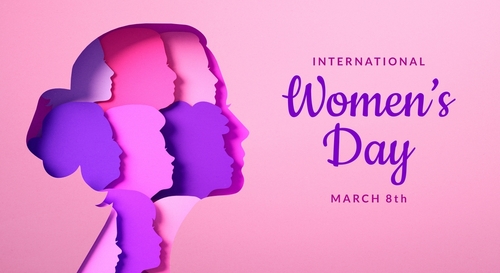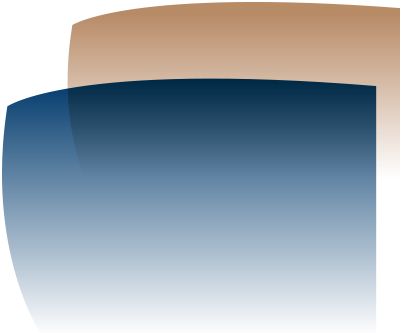

News

Speak up for women every day
Friday March 8, 2024
International Women’s Day, 8 March, is a day of collective global activism and celebration that belongs to all those committed to forging women’s equality, with well over a century of history and change behind it.
The AMA (WA) wishes its Members a happy International Women’s Day, and invited Doctors in Training Practice Group Co-Chair Dr Natalie Ferrington to reflect on the significance of the day.
It’s easy to dismiss International Women’s Day (IWD) as tokenistic. We have come so far as a community — the majority of Australian medical students and doctors are now women. We are writing books and telling stories about what being a woman in medicine is like, from patients asking to speak to the ‘actual doctor’, through to the eternal juggle of a meaningful career with a family life.
To me, IWD is twofold. Firstly, it is about reflecting on the power of women. Consultants tell us what it was like being the only female doctor at an entire hospital, being told to go home and look after their children, or being blatantly refused job prospects. When we consider the resilience of those before us, it makes overcoming gender-based inequities at work seem far more doable, and sets a precedent for us to do the same for the women who come after us.
The second facet of IWD to me is about having a day that prompts conversations. It is important to remember that internationally, girls and women still struggle to access adequate medical care because of gender-based barriers that Australia hasn’t been familiar with since the 20th century. Even in our own country, we are failing to protect women from the risks of domestic violence, despite our access to resources. Although it is an incredible feat that Australia now has more female-identifying doctors than male, health inequities around the world will truly remain unresolved until more female doctors step into leadership positions. It does not take much to notice how much work we have left to do – I still sit at the back of multidisciplinary teams where there are no female consultants contributing to the decision-making.
Getting to a state of equality in the (metaphorical) board room can be achieved, but only as long as we use days like today to encourage our female colleagues to speak up in an environment that is generally uninviting due to a lack of diversity. Of course, International Women’s Day is just one day, but supporting the women around us to take a seat at the table can (and should) happen any day of the year.
 Dr Natalie Ferrington
Dr Natalie Ferrington
Doctors in Training Practice Group Co-Chair

